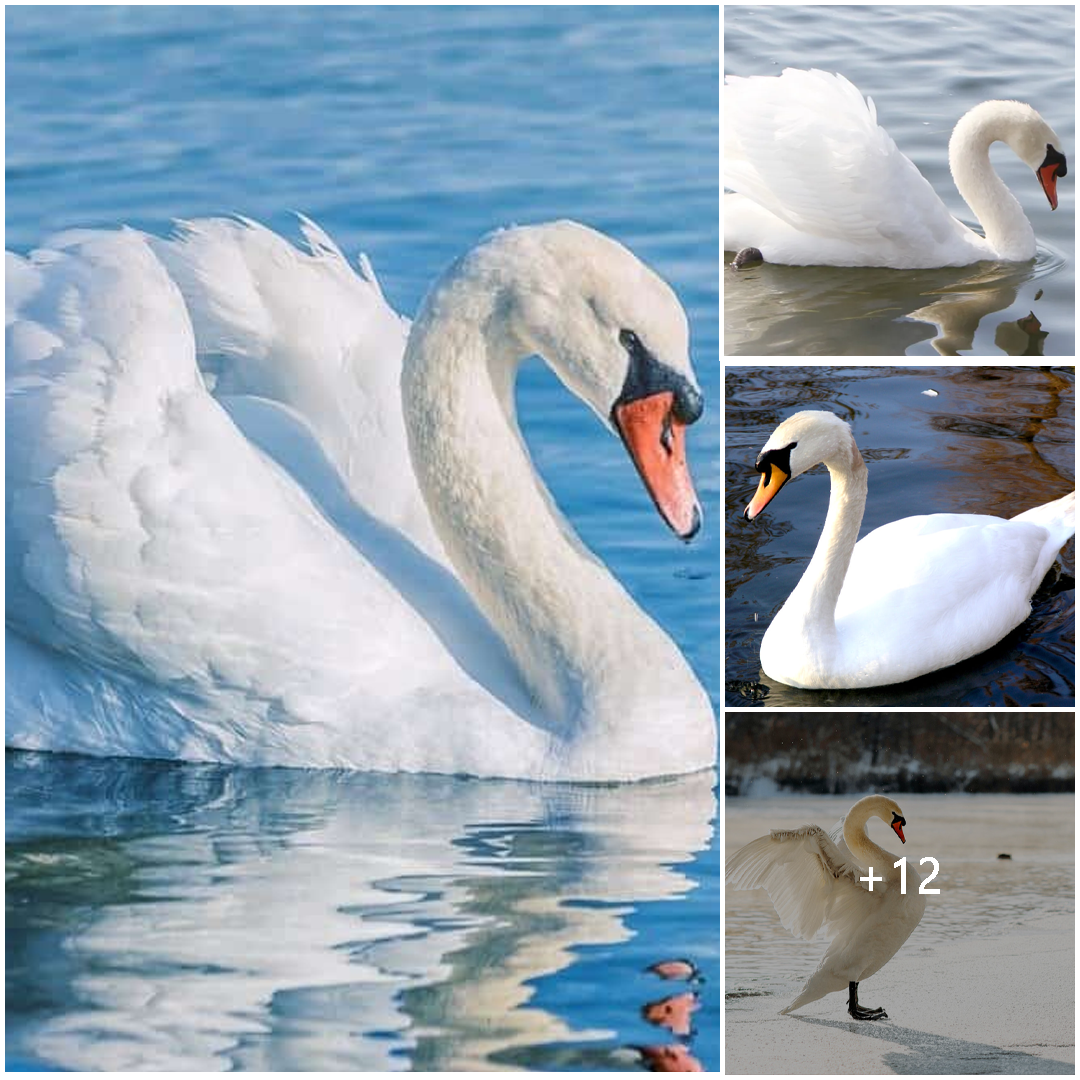
The Majestic Swan: Symbol of Grace and Elegance
Swans, with their graceful movements and elegant demeanor, have long captured the imagination of people around the world. These majestic birds, belonging to the Anatidae family, are renowned for their beauty and symbolism in various cultures. Let’s explore the fascinating world of swans.
Physical Characteristics
Swans are among the largest flying birds, with elongated necks, slender bodies, and broad wingspans. They typically measure between 4 to 6 feet in length and can weigh up to 30 pounds. One of the most distinctive features of swans is their long, S-shaped necks, which they often gracefully arch while swimming.
Habitat and Distribution
Swans are found in a variety of aquatic habitats, including lakes, rivers, estuaries, and coastal waters. They are distributed across Europe, Asia, North America, and parts of Africa and Australia. Migratory swan species travel long distances during the winter months to escape cold weather, while some resident populations remain in their habitats year-round.
Behavior and Social Structure
Swans are known for their strong pair bonds, often forming lifelong partnerships with a single mate. They are highly territorial during the breeding season, fiercely defending their nesting sites and offspring from potential threats. Swans are also renowned for their vocalizations, which include trumpeting calls and soft whistles used for communication.
Symbolism and Cultural Significance
Throughout history, swans have held symbolic importance in various cultures. In many myths and legends, swans are associated with beauty, love, and transformation. They are often depicted in art, literature, and folklore as symbols of purity, grace, and elegance. In some cultures, swans are believed to possess mystical qualities and are revered as spiritual beings.
Conservation Status
While some swan species are abundant and thriving, others face threats from habitat loss, pollution, and human disturbance. Conservation efforts are underway to protect swan populations and their habitats, including wetland conservation, habitat restoration, and monitoring of nesting sites. Public awareness and education programs also play a crucial role in promoting the conservation of these magnificent birds.
Conclusion
Swans, with their timeless beauty and symbolic significance, continue to enchant and inspire people around the world. As ambassadors of grace and elegance, they remind us of the importance of preserving our natural world and protecting the magnificent creatures that inhabit it. Through conservation efforts and appreciation for their beauty, we can ensure that swans grace our lakes and rivers for generations to come.





